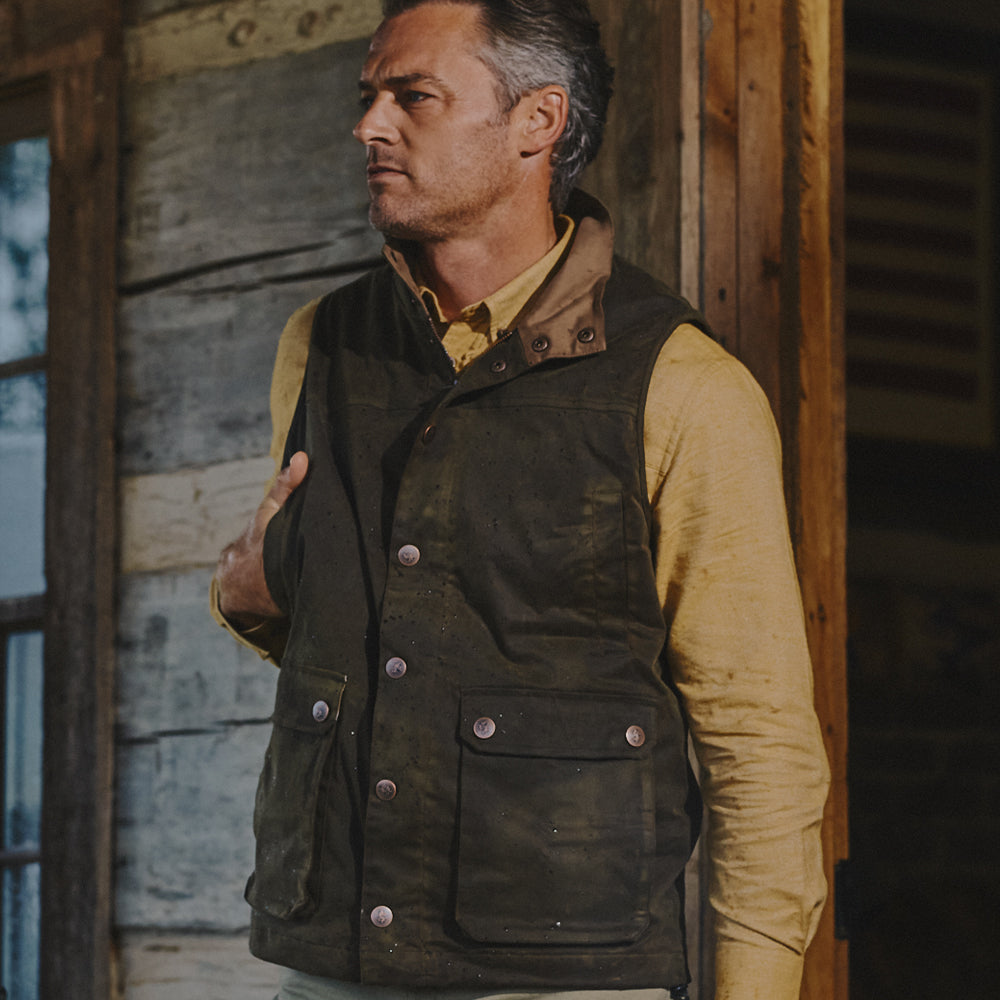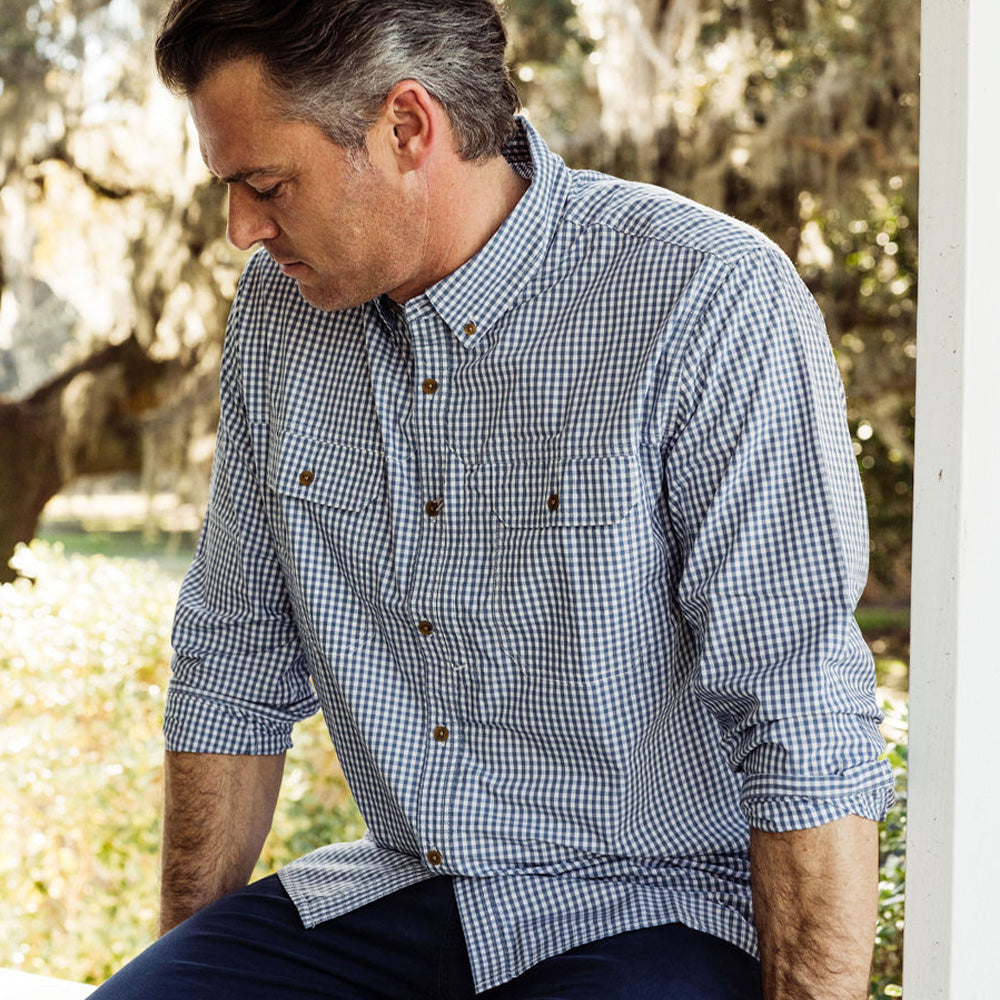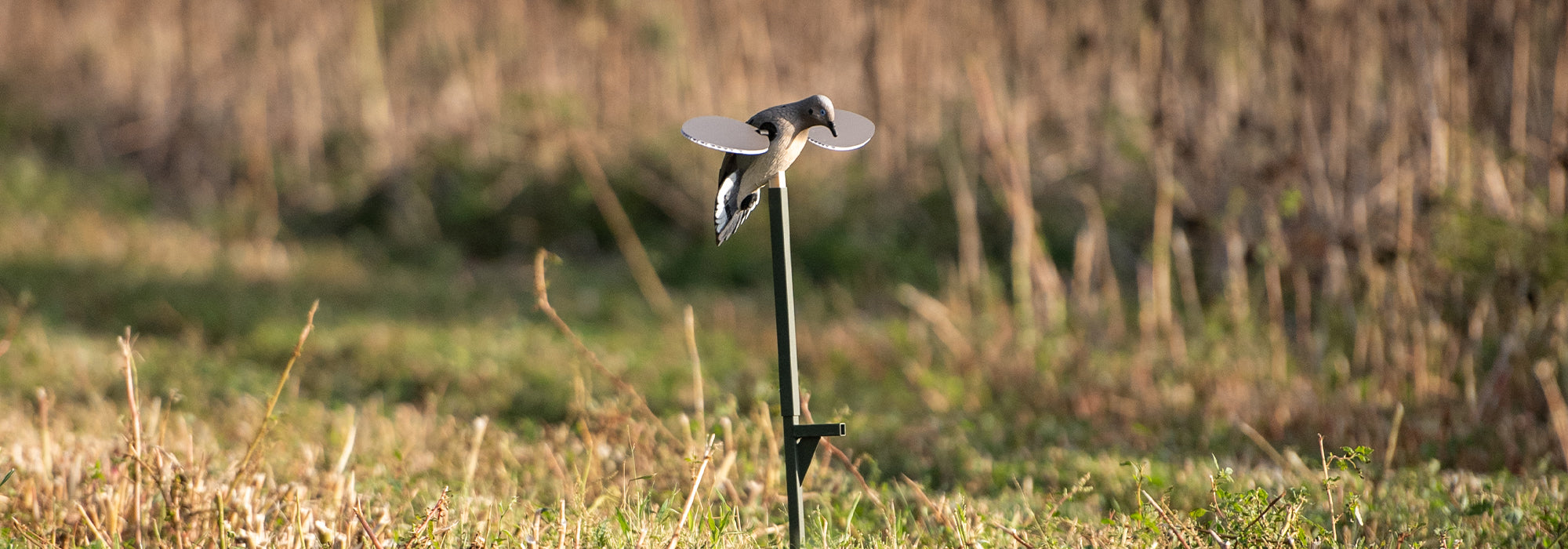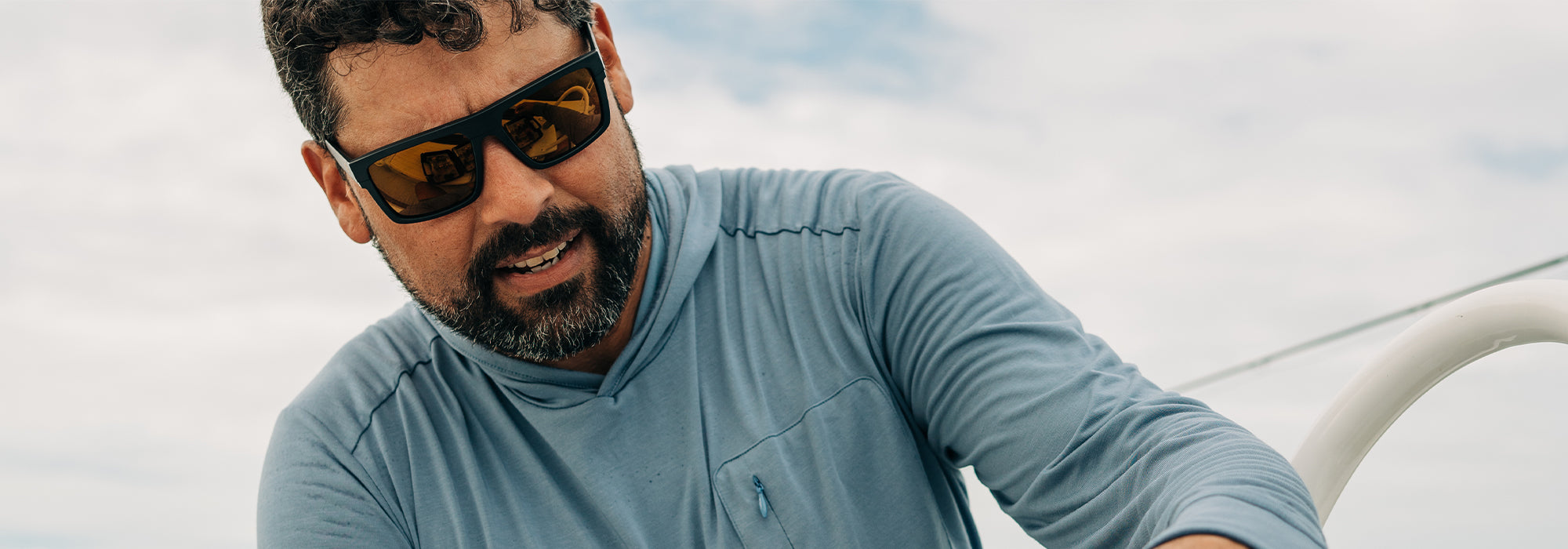![Angle[rs] of Attack: Bow & Arrow Cast](http://www.thesportinggent.com/cdn/shop/articles/091622_aoa-hero-dt.jpg?v=1663359649&width=2000)
Angle[rs] of Attack: Bow & Arrow Cast
ANGLE(RS) OF ATTACK: The Bow & Arrow Cast
Amongst the rhododendrons in Appalachia, casting lanes can be hard to locate and are often not where the cover-comfortable fish hang out. Roll casts can help in some situations but you’ve gotten yourself into a tight spot and only a special cast can connect you to a fish that isn’t too far off the tip of your rod. However, you’ve read this article and have added a deadly accurate bow & arrow cast to your arsenal. Here are some tips for sticking more fish without “casting”.

The angle of attack when approaching a small pool needs to be very soft to get in close proximity to your prey. These trickling water fish are hyper aware of threats due to their size and minimal hiding spots. Keep in mind the distance limitations for a bow & arrow cast. The range for this abbreviated action is around two rod lengths. For my 8’6” foot rod I have a range of 17 feet. With a smaller rod like a 7’ 3wt. This range becomes much smaller at 14 feet. The slow action of the Reddington Butterstick II comes in handy in these close-quarters. Knowing that you’re going to be all up on top in that pool, it helps to keep a low profile by hiding behind rocks or kneeling down. Having durable pants to protect your legs such as our Stream Pant will help soften the slips and falls that are bound to happen.
Bow & arrow casting is not technical but does require a little bit of practice to perfect. The amount of line out should be 6 to 8 inches longer than your total rod length. Given the size of the stream, a fly leader that is shorter than your rod will produce better casts. I prefer a leader that is about a wingspan with an additional 6 to 8 inches of 6x tippet which we recommend Rio's collection of fly lines and leaders. Small stream, small fish, small line, small flies. Press the fly line coming out of the reel against the rod with a little bit of slack. Pinch the bend of your fly hook between your thumb and pointer finger. Hold the fly just off of your cheek to help with aiming. Straighten your arm with the rod to create tension in the bending rod. Here is where practice makes good casts. Too little tension and the line will come out limp and not make it to your intended target. Too much tension and the line/fly will smack the water right on top of your target. Finding that medium takes time. Additional softening of the presentation can be added with the amount of slack between your trigger finger holding the line against the rod and the reel. Timing for releasing this slack can be a little difficult to master but greatly improves your presentation and range. When practicing, do a couple of reps from a kneeling position. Most often this cast is used to keep your line under the branches and keeping a flatter angle to the ground not only creates more space but also softens the landing of the fly. Pro tip: play around with the angle at which the rod is bent from right to left as you can create all sorts of casts from this position.
Layman’s Debrief:
- Soften your approach because you are going to be right on top of the fish you’re trying to catch.
- A shorter leader with a small section of 6x tippet increase cast quality and number of fish caught
- Practicing the bow & arrow cast will allow you to be more comfortable in the stream
Charles Hargrove / Shopkeeper / Tight Line Enthusiast








